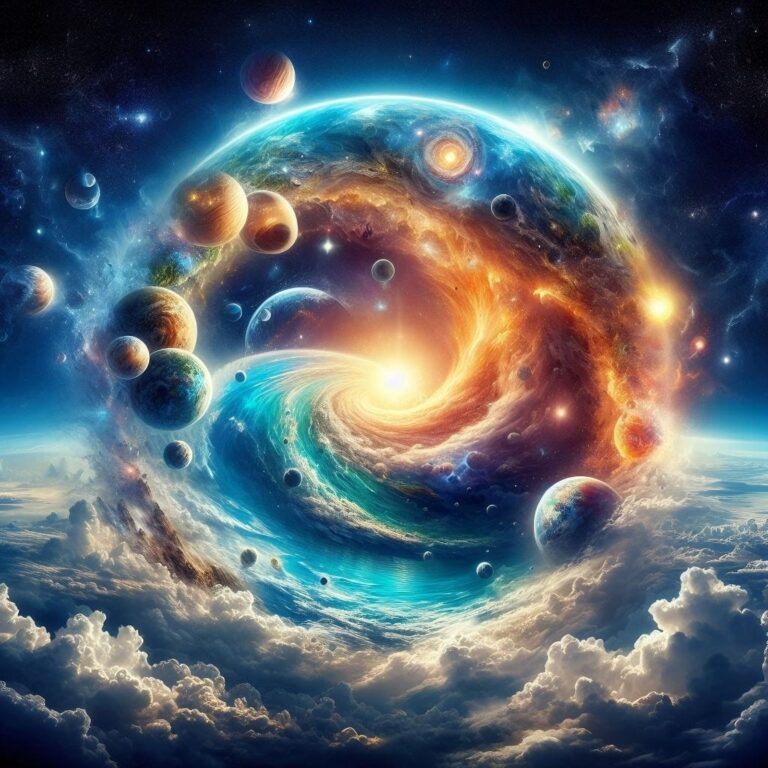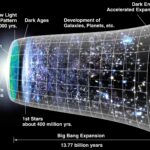Have you ever gazed at the stars and wondered, “How did the universe begin?” You’re not alone! This question has fascinated humanity for millennia, and thanks to modern science, we’re closer than ever to understanding our cosmic origins. Let’s embark on an awe-inspiring journey to explore how the universe began and evolved into the wonder we see today.
The Big Bang: The Explosive Beginning of Everything
How did the universe begin? With a bang – a Big Bang, to be precise! About 13.8 billion years ago, in less time than it takes to blink, our entire universe exploded into existence. This wasn’t just any explosion – it was the birth of space and time itself.
“In one moment there was nothing, and the next, everything.” – Stephen Hawking
Mind = blown, right? 🤯
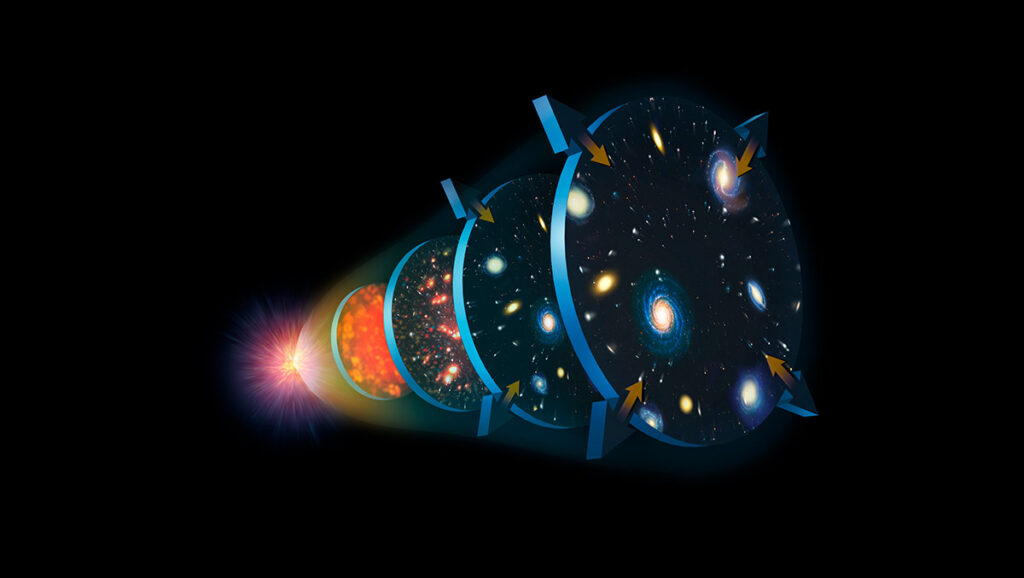
The Universe’s Wild First Seconds
Inflation: The Cosmic Growth Spurt
Immediately after the Big Bang, the universe underwent a period of rapid expansion called inflation. In its first fraction of a second, our cosmos expanded from smaller than an atom to astronomical sizes. Talk about a growth spurt!
Particle Party: The Universe’s First Ingredients
As things cooled down (to only a few trillion degrees), the universe became a soup of fundamental particles. Quarks and leptons were doing the cosmic conga, setting the stage for everything that would come later.
From Particles to Planets: How the Universe Evolved
The First Elements: Cosmic Building Blocks
About three minutes after the universe began, it had cooled enough to form the first atomic nuclei. Hydrogen and helium were the VIPs at this elemental party, with lithium making a guest appearance.
Fun fact: The atoms in your body were cooked up in this cosmic kitchen! 🌟
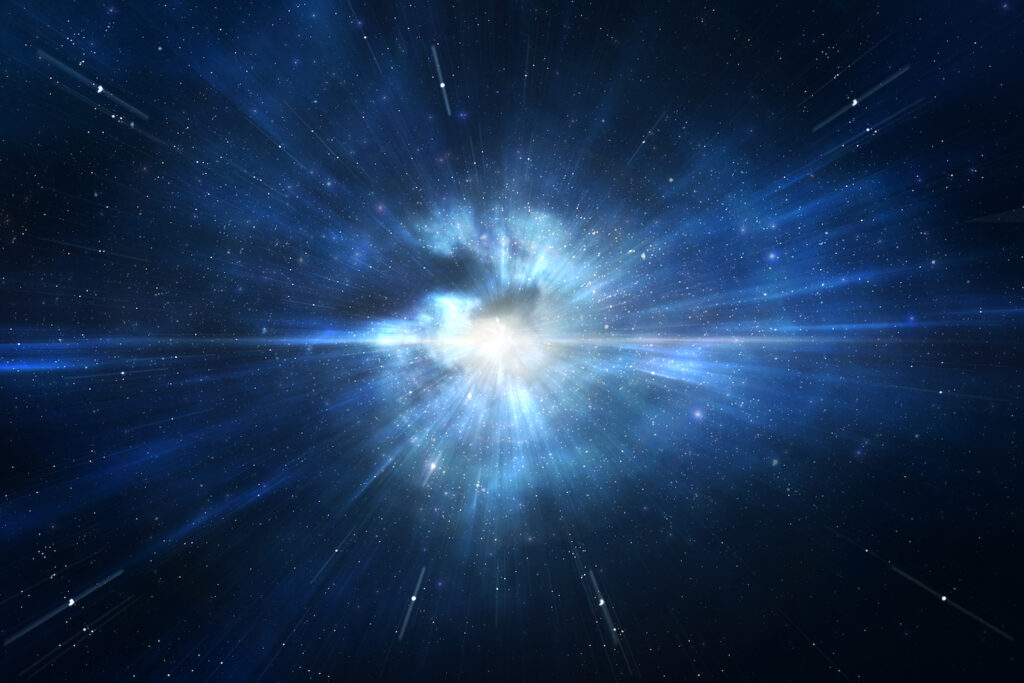
Let There Be Light!
For 380,000 years after the universe began, it was darker than your bedroom with blackout curtains. But then, atoms formed, and light could finally travel freely. This first light is still visible today as cosmic microwave background radiation.
“We were witnessing the birth of the universe.” – Arno Penzias, Nobel Prize-winning physicist
Stars, Galaxies, and Beyond: The Cosmic Lego Set
Over millions of years after the universe began, gravity played cosmic architect. Tiny clumps of matter grew into stars and galaxies, eventually leading to the breathtaking universe we see today.
The Universe’s Razor-Edge: How Different Could It All Have Been?
As we unravel how the universe began, it’s mind-blowing to realize how finely tuned our cosmos is. Tiny changes in the early conditions could have led to drastically different outcomes:
The Proton-Neutron Balance: A Matter of Existence
“If neutrons weighed less than protons, then it would have been those that were favored during freeze out. With more uncharged neutrons than protons, there is a limit to what chemistry could reasonably be accomplished.”
In this scenario, we might have ended up with a universe dominated by neutrons and helium. The result? A cold, dark cosmos with no stars, no galaxies, and certainly no us! 🥶
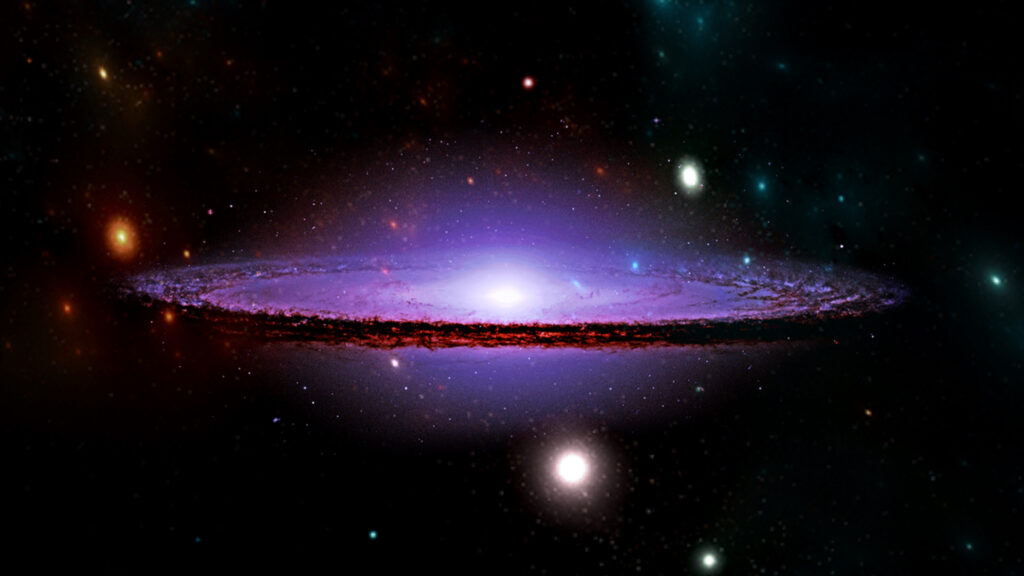
The Helium Conundrum: Too Much of a Good Thing
“If the matter in the cosmos had been any more compact at the time of big bang nucleosynthesis, then even more helium would have formed.”
A universe made mostly of helium would be incredibly unreactive. Chemistry as we know it would be impossible, again leading to a cosmos without complex structures or life.
The Matter-Antimatter Mystery: Our Lucky Break
“If there were equal quantities of both, then annihilation would have resulted in the ultimate destruction of all particles, leaving nothing with which to build stars and planets.”
We exist because slightly more matter than antimatter survived those early moments. It’s like winning the cosmic lottery!
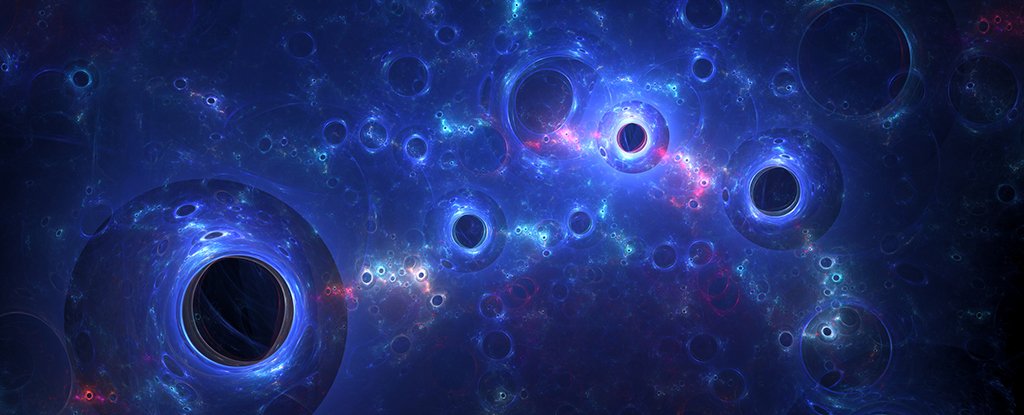
The Dark Matter Dance: Shaping Our Cosmic Web
“Dark matter followed suit but in these darkened millennia all that mass comes into its own. Gravity pulls the dark matter together, clumping it more quickly and more thickly than we’d expect the baryonic matter to collapse by itself.”
Without dark matter’s invisible hand, the cosmic web of galaxies and galaxy clusters we see today might never have formed.
The Cosmological Constant: A Universal Balancing Act
“If the cosmological constant were only slightly larger, the universe would have expanded too quickly for stars and galaxies to form.”
We exist in a “Goldilocks zone” of cosmic expansion!
The Cosmic Mysteries: What We Still Don’t Know About How The Universe Began
While we’ve unraveled much of how the universe began, big questions remain:
- What caused the Big Bang?
- What’s the deal with dark matter and dark energy?
- Is our universe just one of many in a vast multiverse?
Scientists are still working on these cosmic riddles. Who knows? Maybe you’ll be the one to solve them! 🔍
Conclusion: How Did The Universe Begin?
As we reflect on how the universe began, it’s impossible not to feel a sense of awe and wonder. From the explosive moment of the Big Bang to the delicate balance of forces that allowed for our existence, the story of our cosmos is truly extraordinary.
We’ve learned that our universe walked a cosmic tightrope to become what it is today. The slightest change in its early conditions could have resulted in a completely different reality – one where we might not exist at all.
Yet here we are, products of this vast and intricate cosmic dance. Every atom in our bodies has a history stretching back to the very first moments of the universe. We are, in the truest sense, children of the stars.
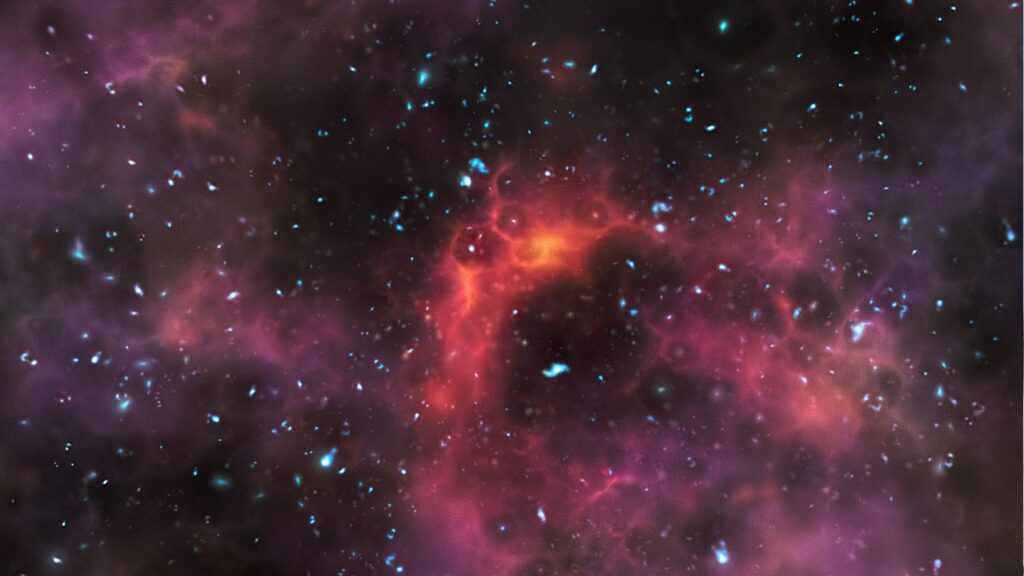
So the next time you look up at the night sky, remember: you’re not just observing distant points of light. You’re witnessing your own cosmic heritage, written in the stars. In a universe balanced on a razor’s edge of possibility, your very existence is nothing short of miraculous.
Let that thought inspire you to cherish our planet, to stay curious about the cosmos, and to appreciate the incredible journey that led to this moment. After all, we’re not just in the universe – we are the universe, conscious and aware, marveling at its own existence.
And that, dear reader, is the greatest wonder of all. 🌠
